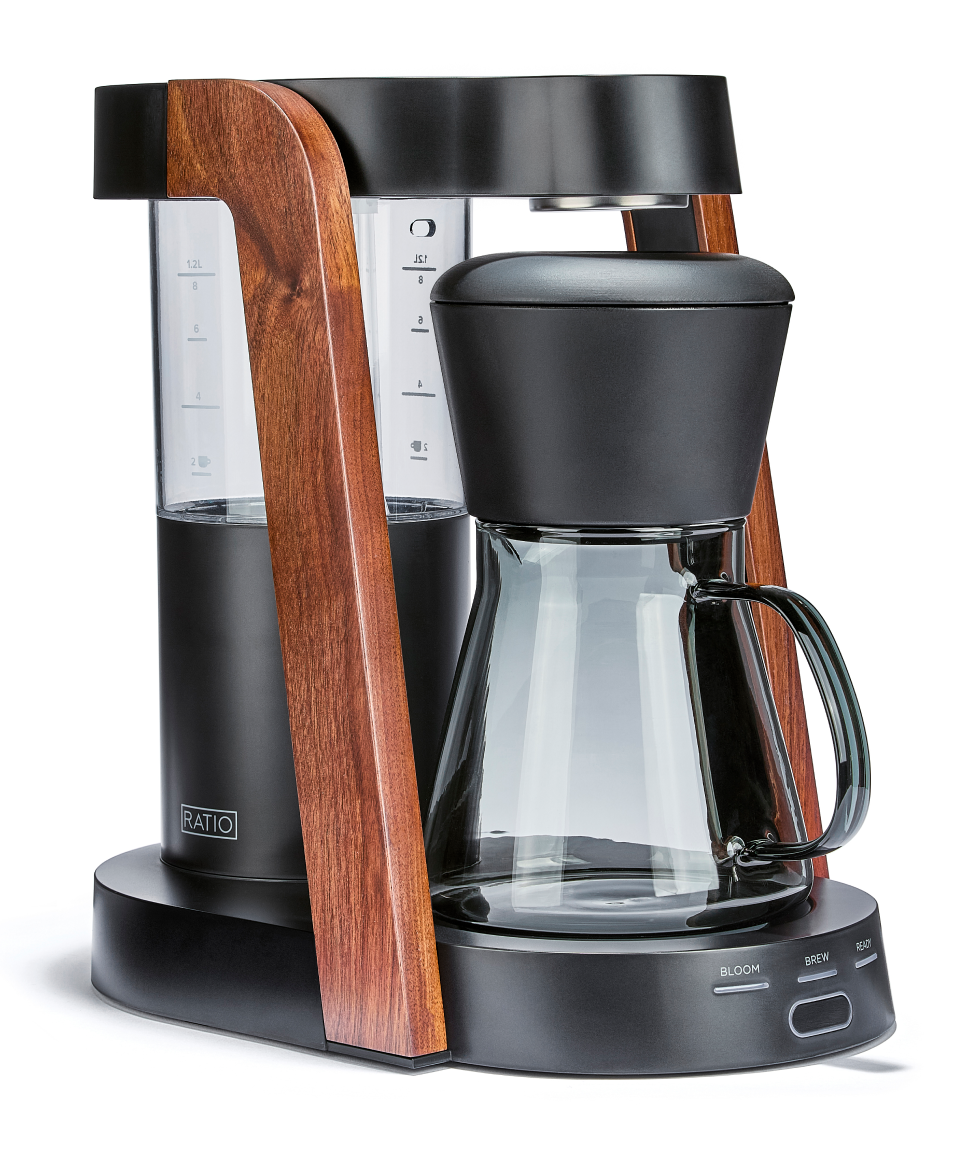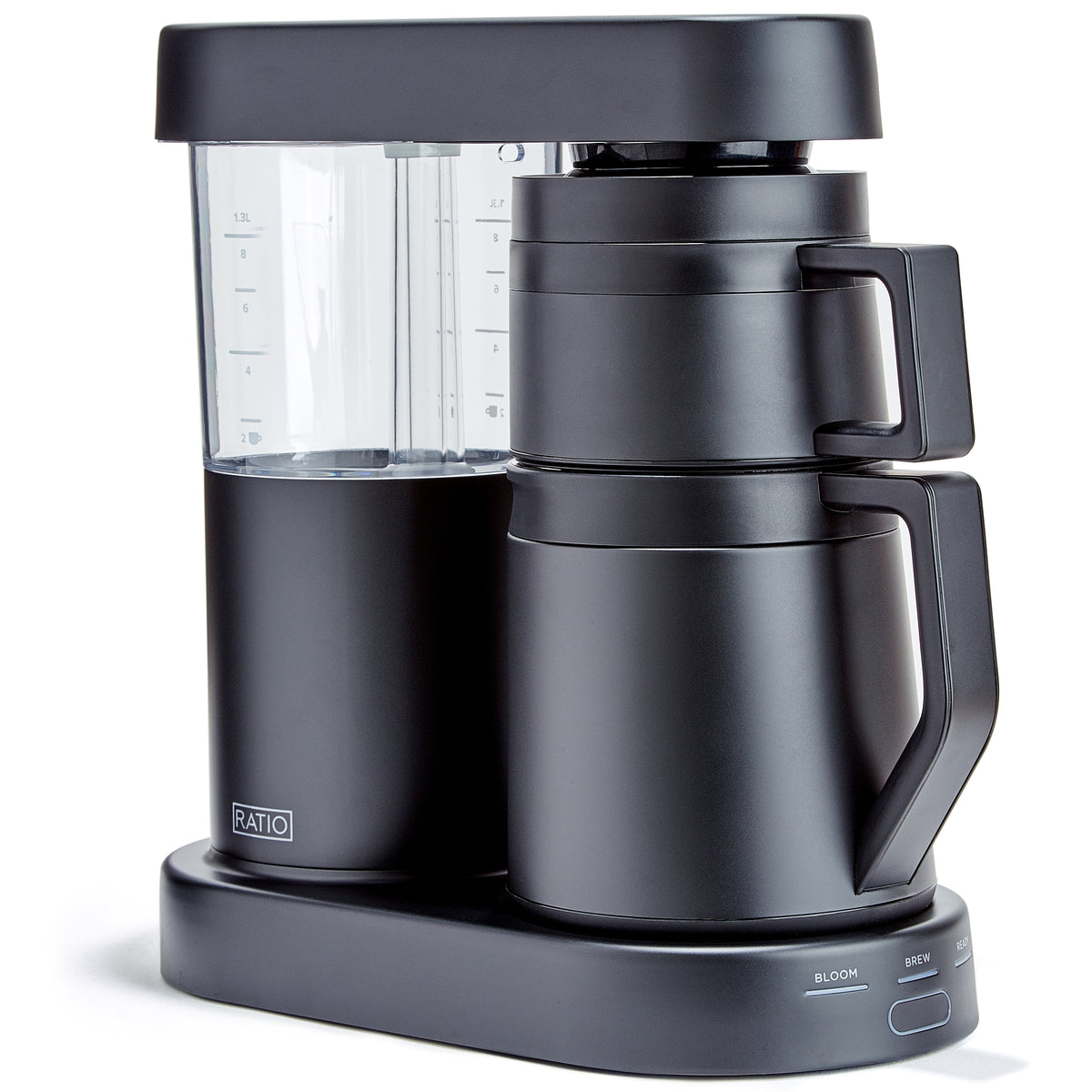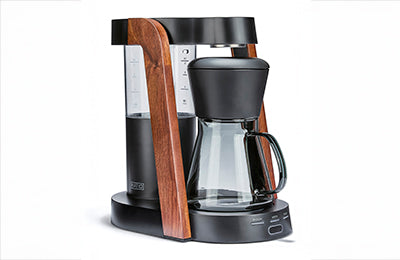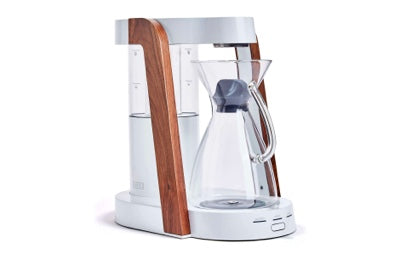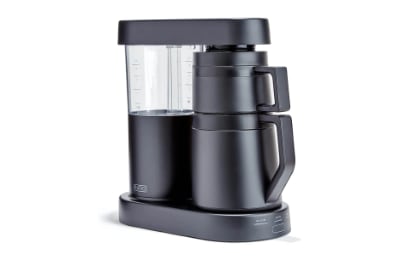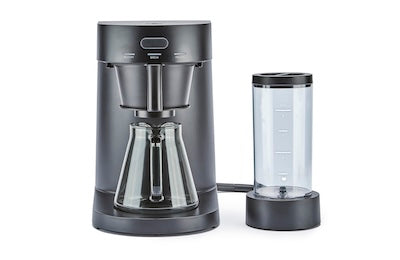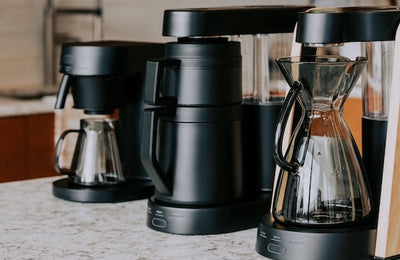Are You Using the Wrong Grind Size for Your Coffee Maker?
Key Takeaways
- Using the correct grind size is crucial for optimal coffee flavor and quality.
- Different coffee makers require specific grind sizes for the best results.
- Freshness of coffee beans impacts the consistency and effectiveness of the grind.
- Inconsistent grind sizes can lead to over or under-extraction, affecting taste.
- Investing in a burr grinder ensures uniformity and enhances the brewing process.
Navigating the intricate world of coffee brewing methods involves more than just selecting your preferred beans. One crucial element often overlooked is the grind size, a factor that dramatically affects the taste and quality of your cup. You might wonder why, despite your meticulous efforts, the flavor profile of your brew seems off. It could be due to using the wrong grind size for your coffee maker. Different coffee makers, from espresso machines to French presses, demand specific grind sizes to extract the perfect flavor and aroma. Missteps in grinding coffee beans can lead to a disappointing experience.
The journey of how to brew coffee ideally pairs with understanding the appropriate grind size, ensuring the water passes through the grounds at just the right speed for optimal flavor extraction. Each brewing method, whether it’s a pour-over or a cold brew, requires a different fineness of grind to achieve that balanced brew you crave. Prevent those brewing missteps by ensuring your grind size matches your coffee maker’s needs, transforming your routine into an artful experience with every sip. Carefully considering grind size can revolutionize your daily ritual and elevate your enjoyment of every cup.

Understanding Coffee Grind Sizes
Grind size plays a pivotal role in how to brew coffee that sings with flavor. A fine grind delivers a robust, intense shot of espresso in seconds, while a coarse grind suits the leisurely extraction of a French press, allowing the water to interact with coffee grounds at a more relaxed pace. Each size is a unique note, composing the symphony of your morning brew experience.
Consider coffee grind sizes akin to the gears on a bicycle. Just as each gear serves a distinct purpose to tackle different terrains, every grind size caters to specific coffee brewing methods. The key is matching the grind to your coffee maker for seamless harmony, ensuring your cup is neither too bitter nor too weak.
Grind size alters the surface area exposed to water, impacting the extraction rate and ultimate taste. When grinding coffee beans, adjusting the size can mean the difference between an under-extracted, sour cup and a richly balanced, aromatic delight. The correct grind size accelerates or decelerates the brewing process appropriately, crucial in how to brew coffee to perfection.
Matching grind size to your specific brew method enriches both aroma and flavor. Understanding this crucial element transforms your coffee-making from a mundane task into an art form, empowering you to create the perfect cup tailored to your personal preference.

The Importance of Grind Size for Different Brewing Methods
Grind size acts as a gateway to unlocking the full potential of your coffee, influencing how each cup is enjoyed. When you grind your coffee beans, you set the stage for how water will extract flavors during brewing. A mismatch in grind size can lead to results that don't meet your expectations, whether it's an overly bitter taste or a diluted brew that lacks depth.
Matching grind size to the correct brewing method is essential. For instance, espresso requires a fine grind to build pressure for a concentrated and robust shot, while a coarse grind is more suitable for a French press, where water immerses the grounds for a complete extraction. Each method dictates a specific grind size to achieve the quintessential flavor profile.
The significance of grind size becomes evident when considering the precision necessary for different techniques. As a point of interest, research indicates that approximately 90% of coffee aficionados attribute flavor quality to using the proper grind size for their brewing method. This statistic underscores the role grind size plays in crafting a memorable brew.
The importance of understanding grind size cannot be overstated, as it directly influences your coffee experience. Properly selecting your grind size for coffee brewing methods ensures a harmonious balance in your cup. The right grind size is a critical component in the brewing process, affecting everything from the bloom of the grounds to the final sip.

Common Mistakes with Grind Sizes
Using the wrong grind size for your coffee maker can lead to a subpar coffee experience. One of the most common mistakes is using a fine grind with a drip coffee maker, resulting in over-extraction and bitterness. On the flip side, using a coarse grind in an espresso machine can lead to under-extraction, leaving your cup weak and lacking flavor. Properly matching grind size with your brewing method can enhance your coffee's taste significantly.
A challenge often faced with grinding coffee beans is achieving consistency. Inconsistent grind sizes can cause uneven extraction, impacting the balance of flavors. You may find some grounds over-extracted while others remain under-extracted. This issue can be addressed through investing in a high-quality burr grinder, which ensures uniformity, providing a balanced extraction and a more flavorful cup of coffee, no matter the brewing method. Reliable equipment supports the goal of how to brew coffee that excels from start to finish.

How to Choose the Right Grind Size
To choose the right grind size, you first need to understand the requirements of your coffee maker and the type of brew you desire. Evaluating these will help guide your choice in transforming your coffee beans into the perfect grind. Each coffee brewing method, from an espresso machine to a French press, has specific needs that demand careful attention to grind size for optimal results.
Paying attention to grind size is crucial in how to brew coffee. For example, using a Chemex for a pour-over method works best with a medium-coarse grind. This size allows water to flow at a steady pace, releasing complex flavors and aromas without delaying the extraction process or creating bitterness. Coffee makers like these rely on strategic grind sizes to bring out the best in each cup.
A burr grinder is often recommended for its ability to provide consistent grind sizes. Unlike blade grinders that result in uneven particles, burr grinders give you precise control over particle size, ensuring an even extraction process. This helps avoid common pitfalls like over-extraction, maintaining the desired strength and flavor balance in your brew.
Experimentation is key when selecting the right grind size. Start with the recommended size for your specific brewing method, then make slight adjustments based on taste preferences. Pay attention to how the grind size affects flavor and texture, and tweak accordingly to refine your coffee to its fullest potential.
Choosing the right grind size builds the foundation for a quality cup of coffee. By understanding the interplay between grind size and extraction method, you effectively tailor your brewing process to elevate your coffee experience. Keeping these insights in mind allows you more control over flavor, supporting that perfect morning ritual.

The Impact of Freshness on Grind Size
How does the freshness of coffee beans impact grind size and ultimately your brewing success? Freshness is key in unlocking the rich flavors and aromas you'd expect from your coffee. When beans are freshly roasted and ground, they retain maximum flavor and aromatic oils. This vibrancy can influence the grind's effectiveness and enhance your overall coffee brewing experience.
Coffee beans start losing their freshness as soon as they are roasted due to exposure to air, light, and moisture. Freshly ground beans contribute significantly to the quality of the grind size. When beans are fresh, they grind more evenly, ensuring that each particle is consistent in size. This consistent grind is crucial for achieving an even extraction when brewing your coffee, releasing balanced flavors without unwanted bitterness.
For those practicing how to brew coffee with different brewing methods, freshness intertwines with grind size to dictate flavor quality. Older, stale beans tend to be dry and brittle, resulting in an inconsistent grind with a mix of powdery fines and larger chunks. This inconsistency can lead to a muddled flavor profile, regardless of whether you're using a drip coffee maker or a French press.
Investing in whole beans and grinding coffee beans yourself right before brewing maximizes freshness. By doing so, you're ensuring that each grind retains the bean's natural essence and rich taste. It'll transform your routine from an ordinary task into a cherished ritual, enhancing each cup's vibrancy and depth.
Preserving the freshness of your coffee through immediate grinding offers a more rewarding coffee experience. By understanding how grind size interacts with bean freshness, you're better equipped to adjust variables and extract the full spectrum of flavors contained within each bean. This knowledge underscores the value of freshness and consistency in crafting the perfect coffee.
Frequently Asked Questions
Why is grind size important for coffee makers?
Grind size affects the extraction process and can alter the flavor and strength of your coffee.
How do I know the right grind size for my coffee maker?
Consult the user manual for your coffee maker or research online to find the recommended grind size for your specific brewing method.
Can using the wrong grind size ruin my coffee experience?
Yes, using the incorrect grind size can lead to either over-extracted, bitter coffee or under-extracted, weak coffee.
Does the freshness of coffee beans affect grind size?
Yes, fresh beans grind more evenly, which is crucial for achieving consistent extraction and flavor.
What type of grinder is best for achieving the correct grind size?
A burr grinder is best as it provides consistent and uniform grind sizes compared to blade grinders.
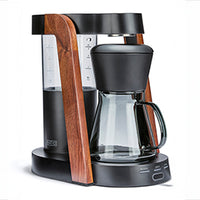 Ratio Eight S2
Ratio Eight S2
 Ratio Eight Original
Ratio Eight Original
 Ratio Six
Ratio Six
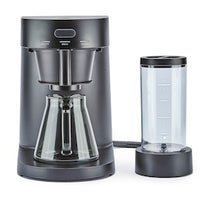 Ratio Four
Ratio Four
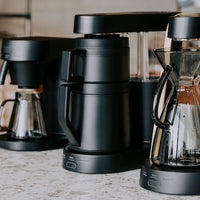 Compare Machines
Compare Machines
